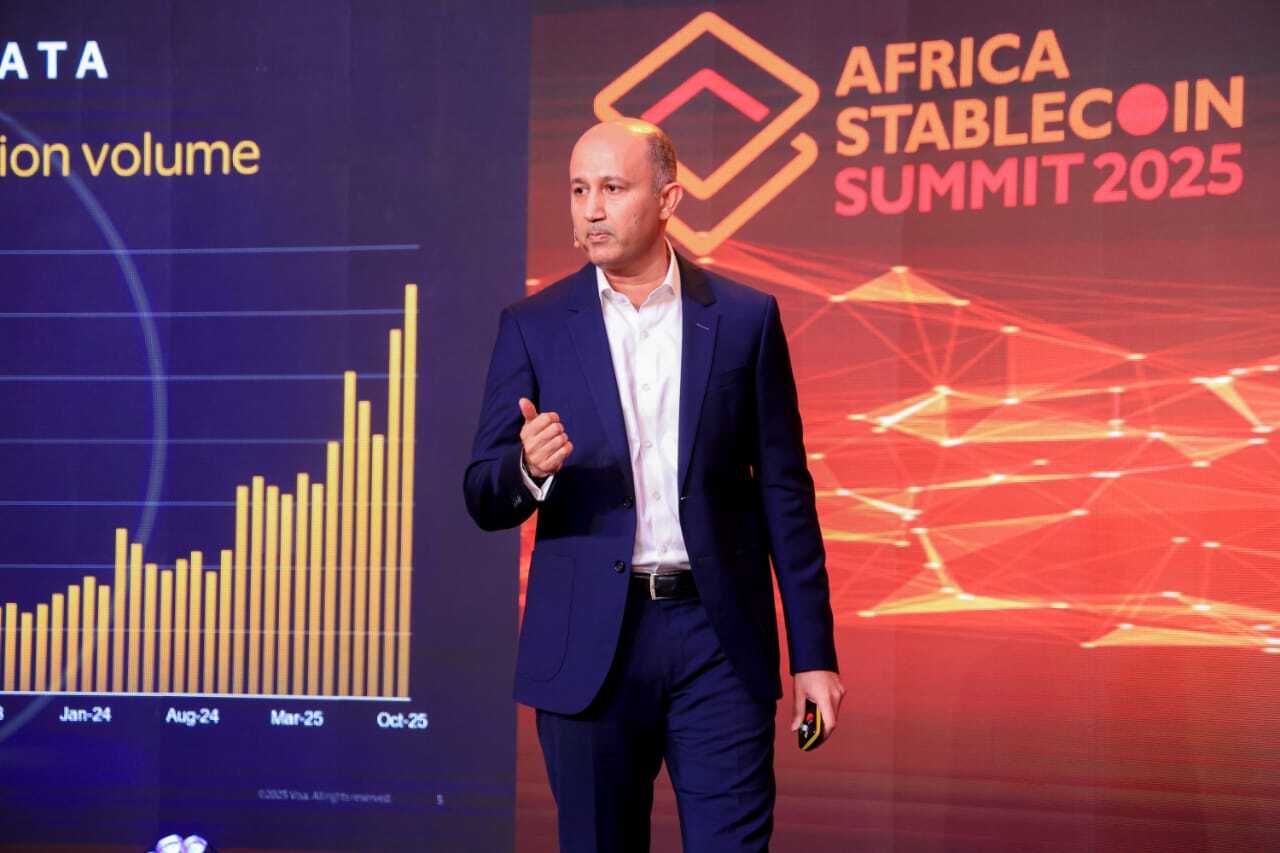Digital PR in 2025 is unrecognizable compared to its early days of simple press releases and media databases. Brands face fragmented audiences, skeptical consumers, and a media environment shaped by AI-generated content, deepfakes, and short attention spans. At the same time, new channels and data tools make it easier to measure impact precisely, customize outreach, and secure meaningful coverage.
Companies investing in Digital PR today want more than links. They expect quantifiable brand lift, trust, and revenue growth. This guide explains what digital PR means in 2025, how strategies are evolving, and what companies need to prioritize.
Data-Driven Targeting and Measurement

Teams use advanced monitoring and analysis to understand which journalists, publications, and channels are most relevant for their industry. Instead of sending the same message to everyone, they identify who is actually covering their topic and what angles resonate.
This precision isn’t limited to outreach. Measurement itself has matured well beyond vague reach estimates or vanity metrics. Modern campaigns track real outcomes such as branded search growth, referral traffic, sentiment changes over time, and impact on conversions or sign-ups.
Such scrutiny reflects tighter budgets and higher expectations from marketing leadership. PR is no longer judged purely on how many people might have seen a headline but on what value it actually delivers to the business.
The Importance of Owned Data and Research
In 2025, media outlets and audiences expect original, well-supported stories. Brands address this by producing their own credible data, research reports, and expert commentary.
This approach transforms PR from passive pitching to active publishing. Companies regularly commission surveys, develop proprietary indexes, or analyze trends in their sector. The resulting reports or insights offer real value to journalists, who see them as a reliable source of fresh angles and credible evidence.
Owned data also builds lasting authority. When brands become known for reliable analysis or unique insights, they earn repeated citations and ongoing media interest. Instead of chasing coverage one release at a time, they establish themselves as a go-to resource.
SEO Value Remains Central

Despite constant Google algorithm updates, high-authority backlinks remain critical. Digital PR remains one of the most effective ways to earn these links organically.
Unlike old link-building schemes, modern PR creates assets worth sharing. These can include:
Data visualizations
Interactive tools
Original surveys or research
Expert interviews
Thought leadership articles
Brands often work with specialized agencies to improve off-page SEO through strategic outreach. You can grow your website’s reputation with an experienced off-page seo company that knows how to secure placements on reputable sites while avoiding black-hat tactics.
Integration with Broader Marketing
Digital PR doesn’t sit in its own silo anymore. Effective campaigns work hand in hand with content marketing, social media, and even advertising.
A single piece of research might generate:
Media placements
Social posts with visuals or quotes
Newsletter content
Talking points for sales teams
Podcast discussion topics
Coordinated planning ensures consistent messaging and better ROI from each asset. It also avoids fragmentation, where different teams push inconsistent stories or duplicate effort.
The Impact of AI on PR Workflows
Drafting, monitoring, contact research, and reporting now rely on AI-powered tools that cut time and improve accuracy. Teams can track mentions, analyze sentiment, and identify relevant media contacts faster than before, allowing them to focus on strategy instead of manual tasks.
But automation alone doesn’t deliver meaningful results. Editors deal with a surge of pitches that read as if they were auto-generated, lacking genuine insight or personalization. Successful campaigns still depend on careful research, customized messaging, and human judgment to make outreach feel credible and relevant.
AI also supports the growing need to adapt to changes in search behavior, including the rise of zero-click searches. As users increasingly get answers directly on search results pages, brands must prioritize owning high-quality, well-structured content that satisfies user intent while earning mentions from authoritative sources.
Used well, AI enhances research and production, but it can’t replace the relationship-building, critical thinking, and storytelling at the heart of effective PR.
Authenticity as a Priority
Consumers are more skeptical than ever. Social media users can spot corporate spin immediately and often call it out.
Brands now realize credibility depends on real transparency. PR campaigns that hide behind jargon or empty slogans fail to convince. Instead, companies are encouraged to show real people, explain their decisions clearly, and admit challenges when needed.
This demand for honesty has shaped not only messaging but also the channels chosen. Podcasts, long-form interviews, and behind-the-scenes videos give audiences a closer, more personal connection than a carefully polished press release ever could.
Crisis Management in the Modern Era
Reputation threats have become faster and more complex. Misinformation, manipulated media, and viral outrage can spread before a company even knows there’s a problem.
Modern PR planning includes crisis preparation as a core component. This means:
Constant monitoring of mentions and sentiment
Clear internal protocols for escalating issues
Pre-approved messaging frameworks
Spokesperson training for rapid, credible responses
Brands that treat crisis response as an afterthought risk long-term damage when something inevitably goes wrong.
The Challenge of Fragmented Audiences
Traditional news sites, social platforms, video channels, newsletters, forums, and private groups each demand a different approach. A story that works well on LinkedIn might flop on TikTok.
Successful digital PR teams create strategies that respect these differences. Rather than blasting out one generic announcement, they develop multiple, customized versions of a story that fit each audience and channel naturally.
This fragmentation means campaigns often require more planning, coordination, and creative resources. But the payoff is a message that lands with the right people in the right way.
Earning Trust Through Consistency
One press release won’t change public perception. Building and protecting a reputation requires sustained effort over time.
Brands that invest in ongoing media relationships, keep sharing useful insights, and maintain consistent messaging earn a level of trust that one-off campaigns can’t buy.
Consistency doesn’t mean repeating the same message word for word. It means aligning each new communication with the brand’s core values and tone so that audiences know what to expect.
Skills Needed for Digital PR Success in 2025
Modern PR work draws on a wide range of skills. Professionals need to be strong writers and relationship builders, but also have fluency in:
Data interpretation to prove impact
SEO fundamentals to understand link value
Social media trends to identify new opportunities
AI tools to enhance efficiency without sacrificing quality
Crisis communication planning to respond under pressure
Many agencies and in-house teams now invest in ongoing training to keep up with these demands.
To Sum Up
Digital PR in 2025 is defined by precision, integration, and authenticity. Brands can’t rely on outdated tactics or superficial buzzwords. They must respect their audience’s intelligence, deliver genuine value, and maintain consistent, honest communication.
Campaigns that prioritize real relationships, original insights, and well-researched stories will earn the trust and attention that translate into lasting brand value.





